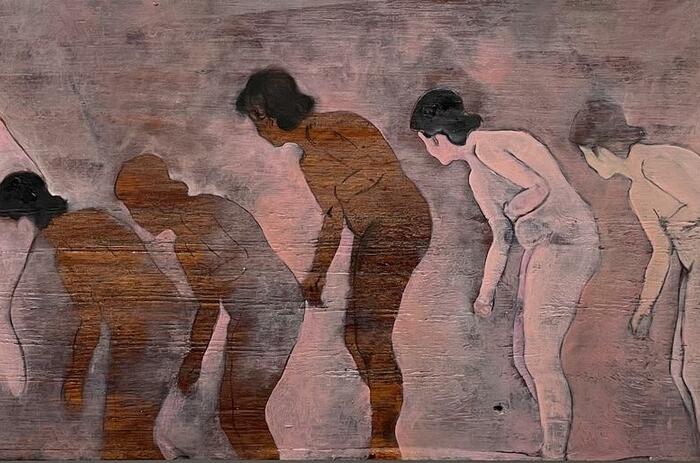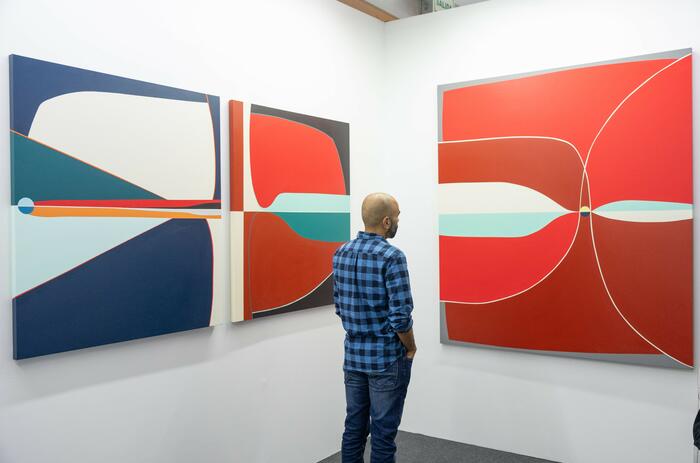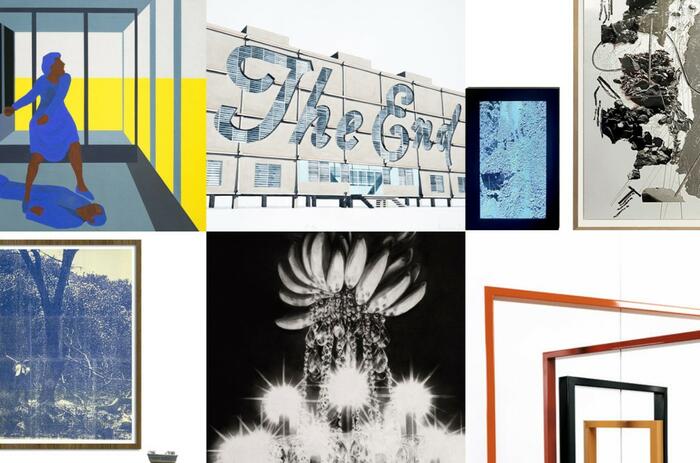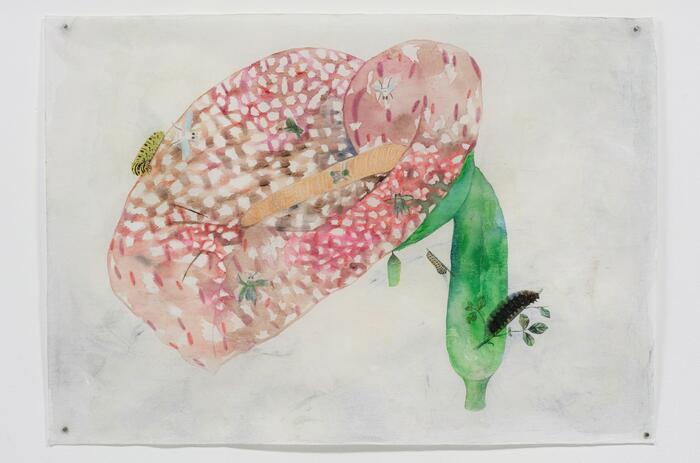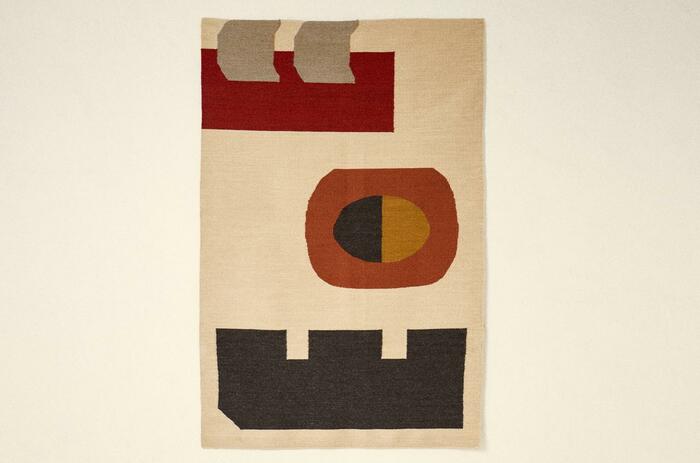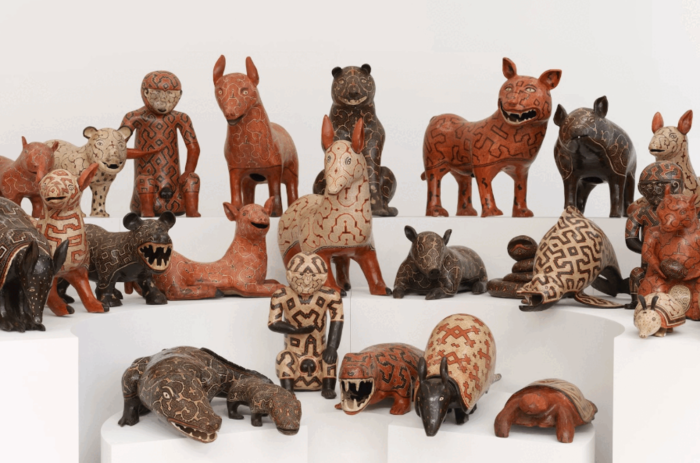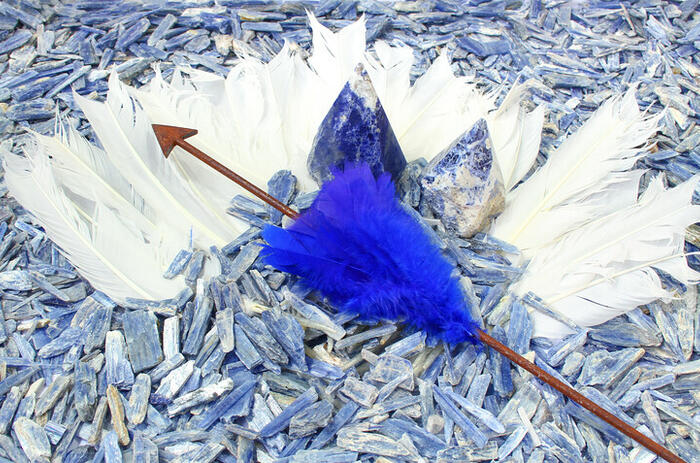ALBERTO REBAZA: COLLECTING AND ARTIST RESIDENCIES IN PERU
Alberto Rebaza is one of the most influential collectors in Peru. He began collecting in the late 1990s, driven by the rebirth of contemporary Peruvian art. Alongside his wife, Ginette Lumbroso, he has expanded the Rebaza Collection to include Latin American and European artists, with a keen eye for the connections between art and culture. They also lead an artist residency program that promotes exchange between international creators and the local scene. In conversation with Arte al Día, he shares his perspective on collecting, the value of residencies, and the role of art as a tool for connection.

The Rebaza Collection began focused on contemporary Peruvian art and later expanded to Latin America and Europe. What drew you to open up geographically and conceptually?
I started collecting contemporary Peruvian art in the late '90s, mainly because, after returning from the United States, I was very impressed by the vibrant art scene developing in Peru. I was struck by the quality of Peruvian artists at the time and how contemporary art was deeply connected to Peru’s historical roots. It’s important to remember that Peruvian culture is one of the few millennia-old cultures in the world, and that has a profound influence on its contemporary art.
I also realized that my activity as a collector had a significant impact on the local art scene. Galleries were just beginning to recover after the difficult decades of the 1970s and 1980s. Peruvian artists were gaining more exposure thanks to improved economic conditions, and supporting, promoting, collaborating, and contributing to the Peruvian art scene felt incredibly rewarding.
Later, through my work and consulting for clients investing in Latin America, I started traveling from Mexico to Chile, including Argentina, Colombia, and other countries. Gradually, I discovered that art was also a fascinating way to understand the countries where I was doing business. It allowed me to appreciate aspects of those societies that went beyond the business world and connected me to their cultures from a different angle.
Additionally, I found it wonderful to discover new artists and build relationships with them and with galleries in countries outside of my own. Over time, we went from mainly acquiring works by Mexican, Colombian, and Argentine artists to including other Latin American creators and, more recently, Brazilian artists.
For both you and your wife Ginette, collecting is a way to engage with and deepen your understanding of the societies to which the artists belong. Why is that? How does this engagement take place?
Definitely, collecting is a fantastic way to engage with and better understand other societies. Even artists who don’t work from a conceptual, political, or social angle—those influenced more by abstract, geometric, or minimalist trends—tend to develop their work based on elements from their surroundings and the cultural influences of their societies.
And even if that’s not the case, the mere act of collecting and interacting with other collectors, gallerists, artists, curators, museums, or public spaces offers a very particular way of engaging with those societies.
With joy, we travel to Mexico City, Buenos Aires, Bogotá, São Paulo, where we’ve built friendships and artistic references that we’re eager to explore. We always have a list of galleries we love to visit, and if our trip happens to coincide with an art fair—where you meet more people connected to the art world—the experience becomes even more fulfilling. Not just from a collecting standpoint, but personally as well: it’s a learning experience, a moment of connection and sensitivity that rarely comes with regular tourism or business travel.
How did the idea of the residency begin? At what point did you feel the need to go beyond collecting?
Well, the residency emerged precisely from that learning process. We met other collectors who also felt that their contribution to the art world could go beyond acquiring artworks. Some supported emerging artists, others were involved in institutional initiatives, like serving on museum acquisition committees at home or abroad. And some developed artist residencies.
In our case, we were interested in all of it. We love supporting new artists. We’ve actively participated in different organizations: Reina Sofía, the Guggenheim, the Patronato Cultural del Perú, and especially the Lima Art Museum, where I serve as president and Jeanette is part of the auction committee.
The residency project is not an institutional one; it’s a personal and family initiative between Ginette and me. We realized that we could contribute to the Peruvian art scene by bringing international artists to Peru for research, learning, and connecting with local artists. In doing so, we not only support the residents' development but also that of Peruvian artists by building networks that can propel their careers.
The residency started casually. I already had the idea in mind when the house next door went up for sale. We bought it to develop the project there. It felt ideal to have a residency in a calm place where artists could work, reflect, and live peacefully. We also liked that it was so close to our own home, allowing us to interact with the artists more easily.
Collecting already involves many steps. It’s not just about buying artworks. It starts with learning: observing, visiting fairs and museums, reading, attending talks, speaking with artists, gallerists, and fellow collectors. Then, there is the decisions, the doubts, the choices between works. Later, there’s follow-up: staying attuned to the artist’s development, their new exhibitions, how their work evolves.
That follow-up often becomes an active support for the artist. Sometimes it’s through institutions, promoting them via museums. Other times, as in our case, it’s through a residency that provides space, time, and connections for them to grow and create.
How does the collection interact with the residency?
Being a family project, the residency is of course heavily influenced by Ginette’s and my vision regarding the kind of art and proposals we’re interested in. However, we’ve been open from the start. Although we initially envisioned it as a space for emerging or mid-career Latin American artists, we’ve ended up hosting artists from different regions and very diverse backgrounds.
We’ve had European artists like Marlena Kudlicka from Poland, Frank Madler from Germany, Robert Ferrer, and Maillo from Spain. We’ve also hosted more established artists, like Miguel Ángel Ríos, the Argentine-Mexican artist. We’re quite open to the proposals we receive, and over time we’ve become even more so. On one occasion, we hosted a young collective made up of a Venezuelan, a Colombian, and an Argentine artist. That was a really enriching experience.
I think the most important thing is that the residency continues to allow us to learn and expand our own horizons—not only as collectors, but as people committed to supporting cultural and artistic growth.
How was your experience with the recent residency of artist Tony Vázquez Figueroa?
In Tony’s case, all the elements we look for in a residency came together. Tony Vázquez Figueroa’s work combines a deep reflection on Venezuela and oil—as a central element in its economy and many aspects of its society—with impeccable aesthetics. His work has a Latin American geometric beauty, rich in textures and visually captivating.
At the same time, the residency gives him a unique opportunity to enrich his practice through contact with a culture as important as Paracas. Its textiles and forms evoke geometric, abstract, and concrete references of remarkable visual power.
I believe this experience will be a significant learning moment for Tony, and I’m convinced he’ll deeply value it in the development of his work in the years to come.
How do you see the role of private collecting in strengthening Latin American art on a global scale?
I’ve always thought that artists, like athletes, need to develop their careers with the support of a fan base. To me, it’s essential that collectors support artists. That Peruvian collectors boost Peruvian artists, and those Latin American collectors support artists from our region.
With that foundation—or better said, with that essential platform of local support—Latin American artists can project themselves to broader audiences and aspire to global recognition. In this sense, collecting plays a key role in art development.
Collectors, by being closer to certain artists or a specific region—like Latin America in this case—fulfill a role of validation. They act as a reference point, a springboard that allows artists to be seen differently by gallerists, collectors, or institutions elsewhere.
That’s why the role of the collector is as important as the fans are for an athlete. That support is necessary. And of course, collectors will validate works that genuinely deserve it. But when you get that combination—of artists, collectors, and gallerists—you generate the energy and momentum that allow the artist to grow and make a leap forward.
Is there a specific artwork or artist that marked a turning point in your collection?
Without a doubt, there are works and artists that have left a mark. One artist who impacted me from the beginning was Armando Williams, a Peruvian artist. I bought one of his works 25 years ago, easily. It’s a piece I see every day, and every day I think I’d buy it again. Over and over.
During the pandemic lockdown, that feeling took on a new meaning. Knowing my family was able to get through such a difficult time surrounded by art—by pieces that brought us joy and comfort—was deeply meaningful.
And I feel that the vast majority —if not all— of the works in the collection are pieces I would choose again and again. That shows that collecting is not just about acquiring objects. It's almost a way of life. A way of relating to the world, to people, to ideas. Those of us who are close to art know how complex this world can be, but also how lucky we are to be able to live it.

